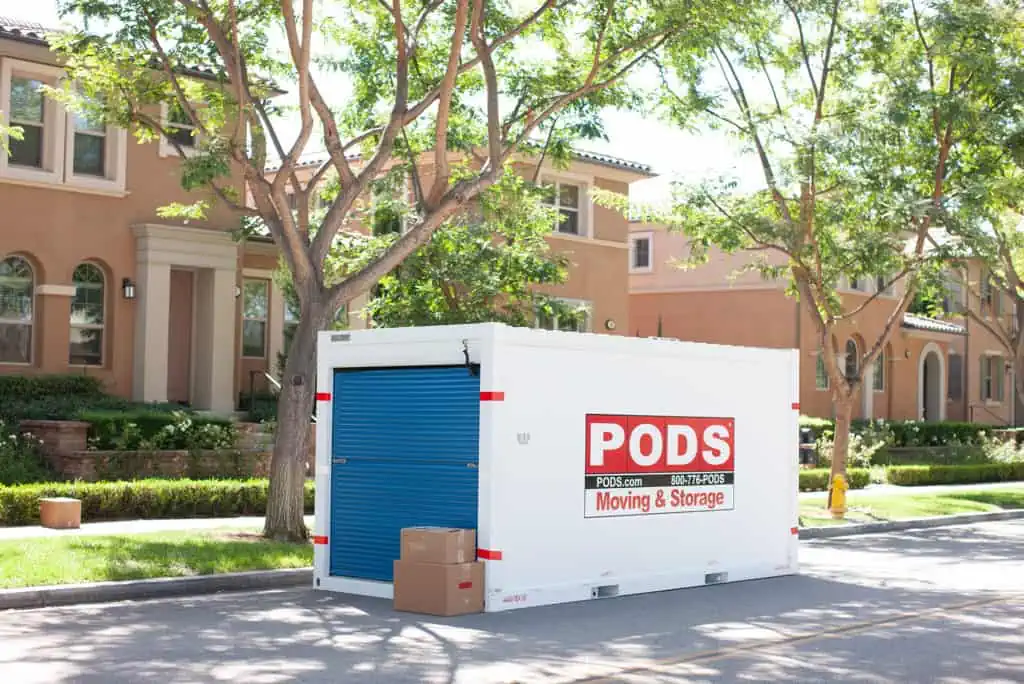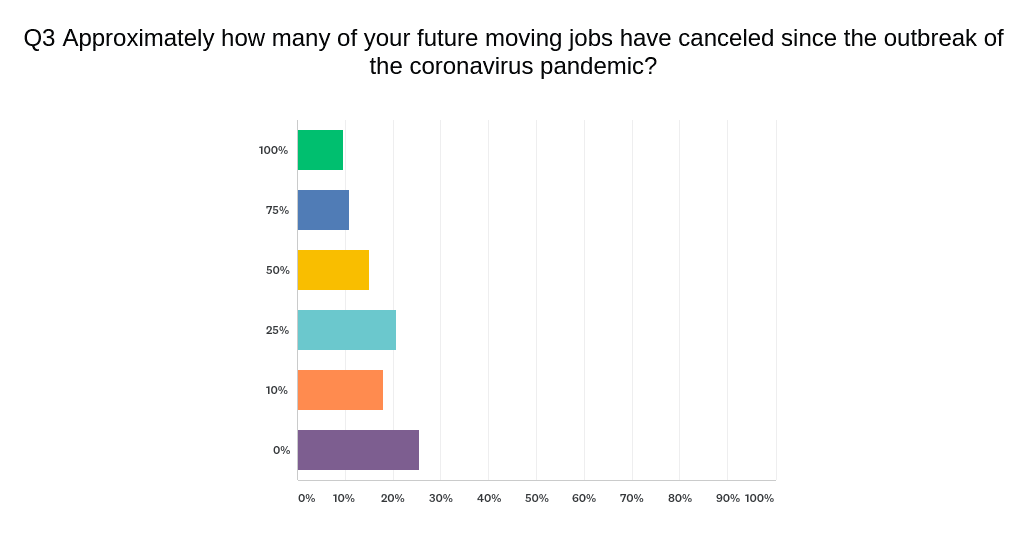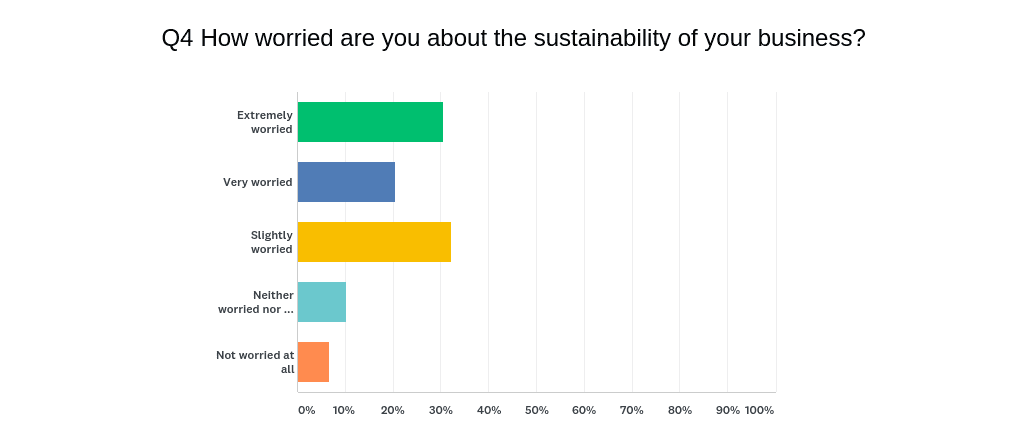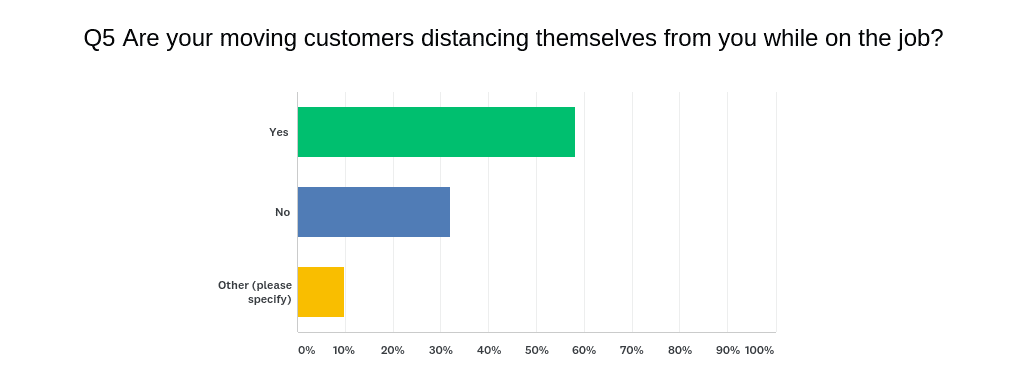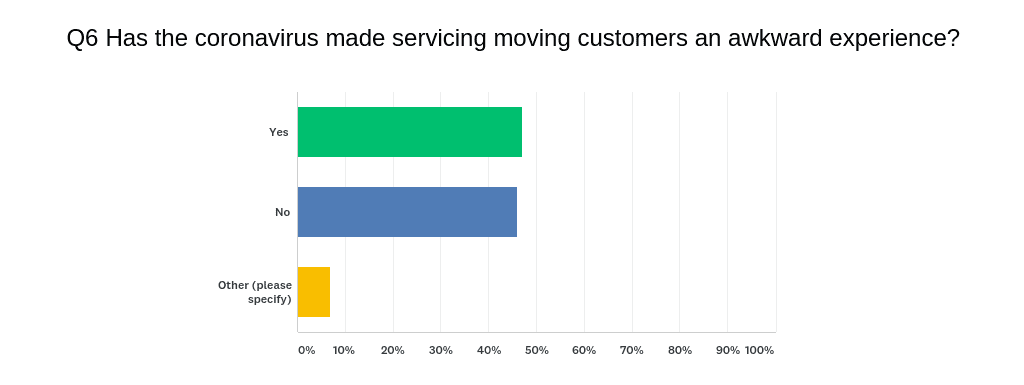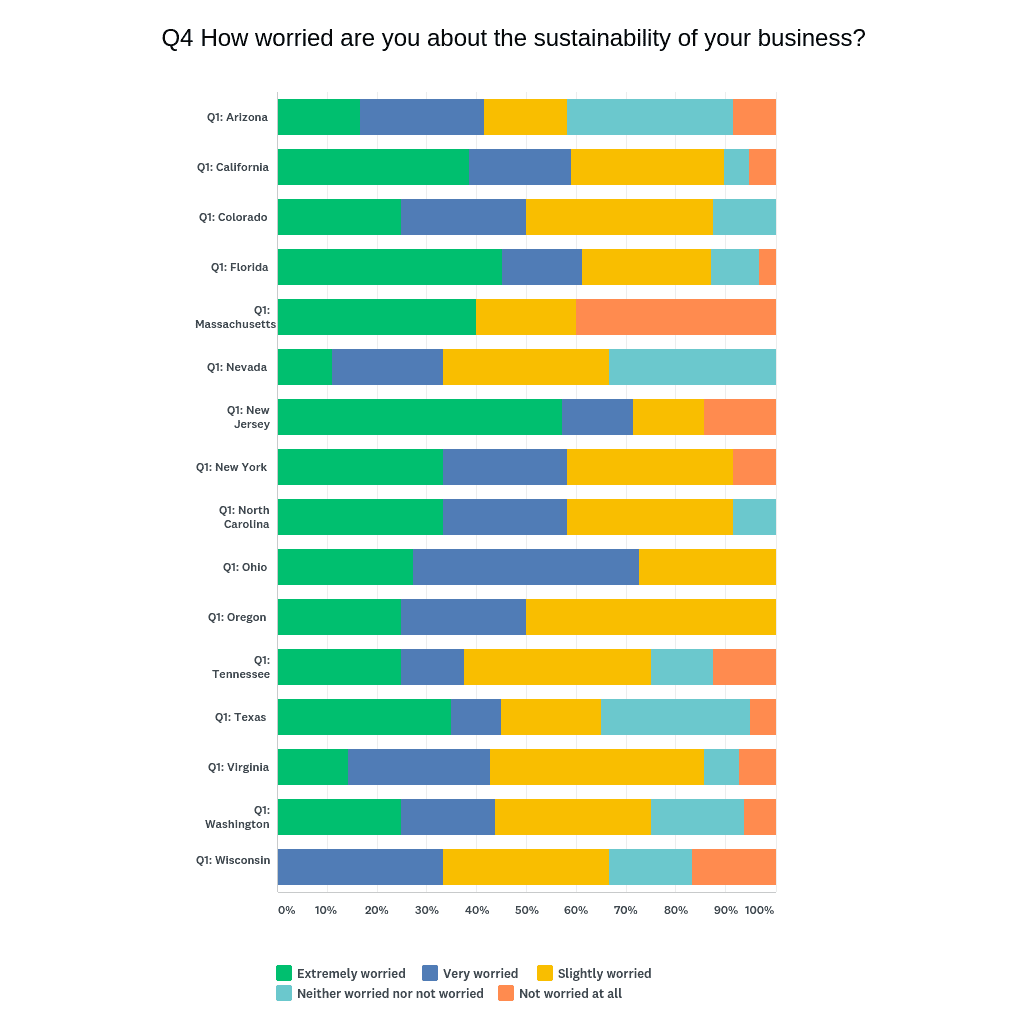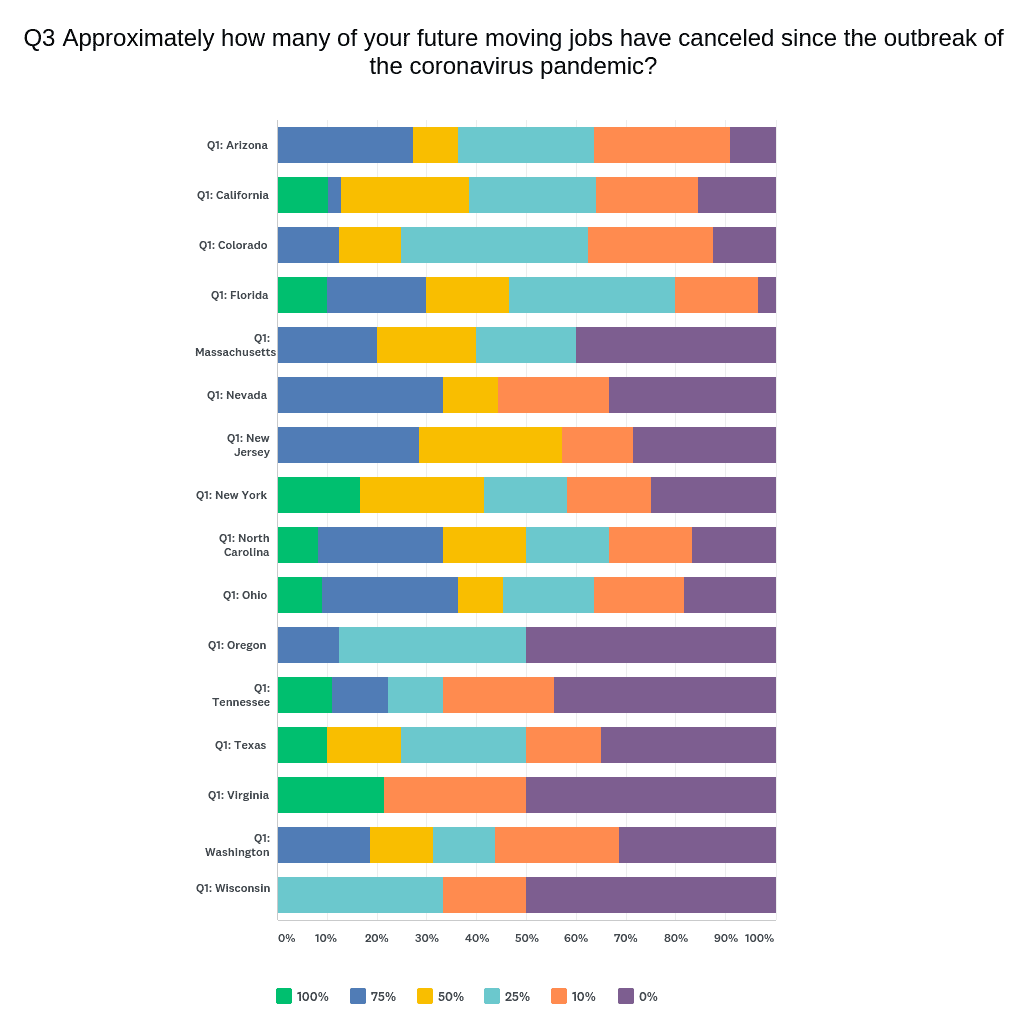Key Findings
- Only 226,000 Americans moved to retire in 2021, the lowest number in seven years
- Nearly half (47%) of Americans who moved after retiring this year went to a different state, compared to just 16% of all people moving
- Early retirees (i.e., those younger than 65) were even more likely to leave their state (64%)
- Tennessee (13%)—the state with one of the lowest tax burdens in the U.S.—is 2021’s top destination state for Americans retiring outside their home state
- About 7% of Americans relocating for retirement in 2021 went to Pittsburgh, PA, more than any other city
- Early retirees accounted for 40% of those moving for retirement in 2021
- Retirees of color make up just 12% of those moving for retirement, as 88% of retirement movers are white Americans
According to recent estimates, COVID forced up to 3 million Americans to retire earlier than planned. This development pushed the percentage of people aged 55 and over who are retired to 50%, which is 2% higher than it was before the pandemic.
All things being equal, this means we’d expect to see a spike in the number of people who moved for retirement, but that didn’t happen. Quite to the contrary, the number of retirees who moved in 2021 dropped to 226,000—roughly 43% fewer than in the year previous. It’s also the lowest number of American retirees in the last five years!
More Retired, but Fewer Moved: The Decline in Retirement Moves in 2021
The trend for retirees this year is clear. But what are the causes? There could be a few plausible reasons for this discrepancy.
Why are fewer retirees moving?
1) COVID: It may seem like the pandemic is coming to an end, but it’s worth remembering that older Americans were the cohort hardest hit by the virus, with rates of infection, hospitalization, and death highest for folks over 65. It’s therefore conceivable that many would-be retirees had COVID, had to care for someone who had it or were otherwise affected by it. This may have undermined their willingness and ability to relocate.
2) Housing market: After a turbulent 2020, to say that the housing market rebounded this year would be a huge understatement. Prices continue to climb at a record pace, especially in the desirable quiet, quaint, low-on-crime, high-on-sunshine neighborhoods retirees tend to seek out. Meaning, despite the fact that most retirees downsize, they may be getting priced out of places where they’d like to retire.
3) Lack of retirement savings: Many Americans lacked retirement savings due to having to spend them to sustain themselves or support their families even before the pandemic. This situation has arguably gotten worse in recent years, with one recent study finding that 14 million Americans stopped contributing to their pension plans.
Moving far away?
Do it cheaper.
MovingPlace can save up to 40% compared to traditional interstate moving companies. Click here to learn how.
Most Stay Put, But Those that Go, Go Far: How American Retirees Moved in 2021
Despite dwindling numbers of retiring Americans deciding to relocate, those that do make that decision tend to travel a lot further than a typical person moving in 2021.
Americans moving for retirement were three times as likely to leave their state than of those moving for work, family, or any other reason (47% vs 16%).
This also constitutes a 10% increase on last year’s figures, where only 38% of people relocating for retirement decided to move out of their home state.
High Affordability, Low Taxes: Tennessee Top State Choice for Retirement Moves
Last year it was Virginia, this year it’s Tennessee; the Volunteer State was chosen by 13% of Americans moving out of state for retirement, the highest percentage of all U.S. states.
“Curiously enough, Tennessee was even more popular among early retirees. As many as one in five (20%) Americans under 65 who left their state for retirement moved to Tennessee.”
Tennessee is not only home to vibrant Nashville and Memphis, but is also the state with the lowest tax burden in the country, after Alaska.
Meanwhile, Florida, the staple in any top destinations for retirement list, wasn’t that far off the top spot.11% of retirees who left their home state relocated to the Sunshine State in 2021. Pennsylvania (10%), North Carolina (10%), and South Carolina (9.4%) round off the top five.
Curiously enough, Tennessee was even more popular among early retirees. As many as one in five (20%) Americans under 65 who left their state for retirement moved to Tennessee.
Great Healthcare, Affordable Housing: Pittsburgh, PA Tops Retirement Destinations City List
Technically speaking, areas outside cities and metropolitan areas were the most preferred destinations for retirees, as 26% of Americans who moved for retirement headed to smaller towns and cities far from urban areas.
The city attracting the highest percentage of retirees is in Pennsylvania, and it’s Pittsburgh. Once ranked as the best place to retire by Bankrate due to its low cost of living, excellent healthcare system, and a significant number of inhabitants being 65 or older, Pittsburgh was the top city destination of choice for 7% of all retirees in the U.S. in 2021
“An overwhelming majority of Americans moving for retirement in 2021 were white (88%); only 12% of those retiring and relocating were people of color.”
Three metropolitan areas from Tennessee also made the top 10. Kingsport-Bristol, TN-VA was the destination of choice for 3.9% of Americans relocating for retirement. A further 3.5% chose Nashville-Davidson-Murfreesboro , while 3% opted for Johnson City, TN.
Two Florida metros featured in the top 10 with Lakeland-Winter Haven, FL and Fort Myers-Cape Coral, FL representing the Sunshine State with roughly 3.5% of retirees moving to these metropolitan areas.
Worth noting that two of the most popular metropolitan areas to relocate for retirement were around Los Angeles and San Francisco in California.
Departing Delaware, Moving Out of Maryland: the States Retirees Were Most Likely to Leave
On the flip side, states which saw the highest percentage of retirees choosing to move out for retirement were Delaware and Maryland, where 22% of people moving to retire decided to leave. In Utah, which was top of our ranking last year had a share of 19% defectors.
Following them, a number of states, including Virginia and New Jersey, had 15% of their retirement moves headed outside the state.
Who Is Moving for Retirement in America: Retirement Moves by Demographic
In a year immediately following the pandemic, which cohorts of senior citizens were most and least likely to relocate for retirement?
Men (53%) are the majority among senior citizens relocating for retirement (47% are listed as women). Married couples accounted for 77% of retirement moves, while only 23% were single (which includes those divorced, widowed, and those never married).
An overwhelming majority of Americans moving for retirement in 2021 were white (88%); only 12% of those retiring and relocating were people of color.




 Heading into the end of 2021, remote work is in firm decline
Heading into the end of 2021, remote work is in firm decline

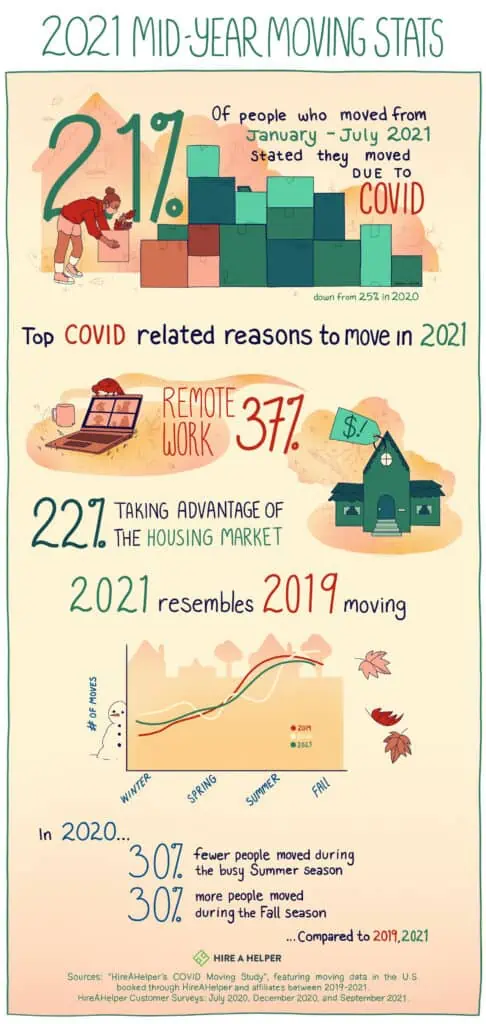
 Of course, much of the impact of the pandemic was related to the virus itself, and the safety concerns it introduced. Among those surveyed who moved due to COVID in 2020, 13% reported being spurred on by feeling unsafe in their current locations due to the spread of COVID.
Of course, much of the impact of the pandemic was related to the virus itself, and the safety concerns it introduced. Among those surveyed who moved due to COVID in 2020, 13% reported being spurred on by feeling unsafe in their current locations due to the spread of COVID. 